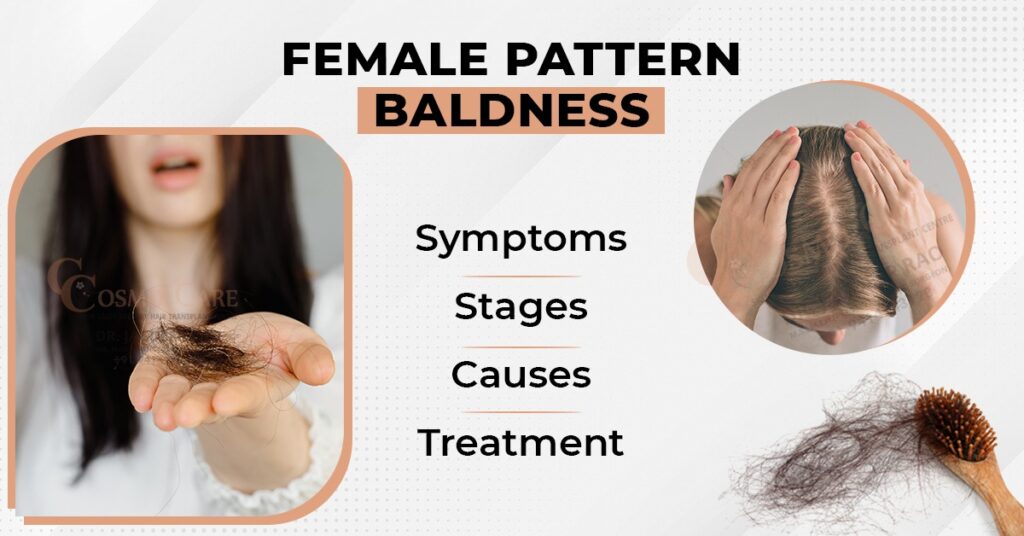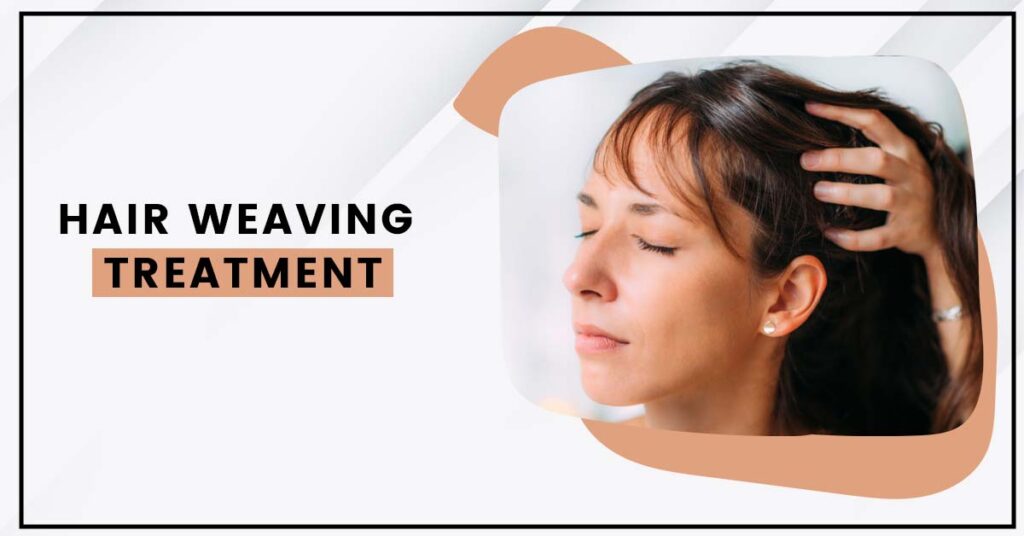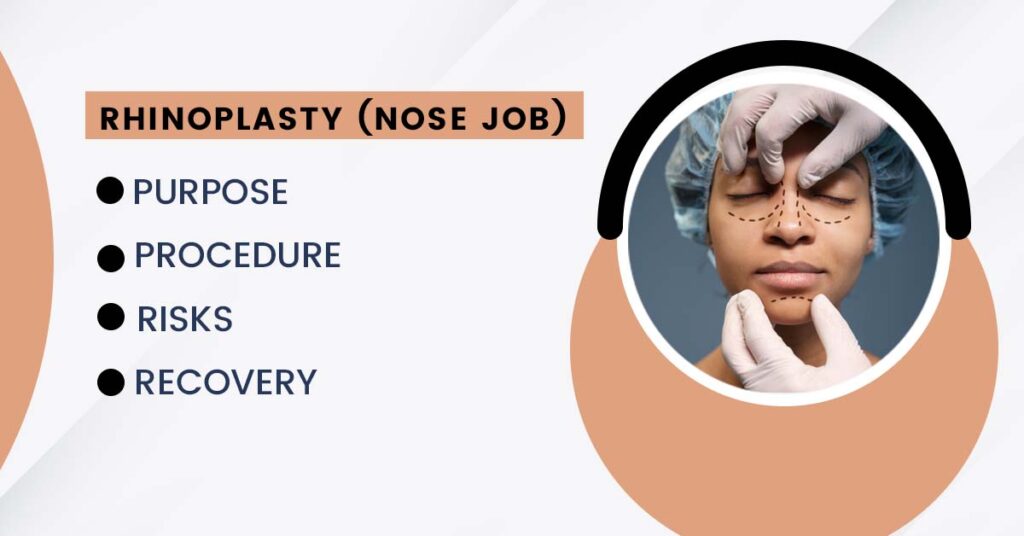What is female pattern baldness?
- 1 What is female pattern baldness?
- 2 What are the stages of female pattern baldness?
- 3 How common is female pattern baldness?
- 4 What are the symptoms of female pattern baldness?
- 5 What causes female pattern baldness?
- 6 How is female pattern baldness diagnosed?
- 7 How is female pattern baldness treated?
Female pattern baldness, also known as androgenetic alopecia in women, is a common form of hair loss characterized by a gradual thinning of hair, particularly on the top and crown of the scalp. It is influenced by genetic and hormonal factors, specifically the presence of androgens (male hormones) in women. Unlike male pattern baldness, it typically results in diffuse hair thinning rather than complete baldness.
What are the stages of female pattern baldness?
Female pattern baldness does not typically progress through distinct stages in the same way as male pattern baldness. Instead, it often involves a diffuse thinning of hair across the scalp. However, the Ludwig Scale is a commonly used classification system for female pattern baldness, which categorizes the severity of hair loss into three stages:
Ludwig I: Mild thinning, with a widening part and a noticeable decrease in hair volume.
Ludwig II: Moderate thinning, with increased scalp visibility and more noticeable widening of the part.
Ludwig III: Extensive thinning, with significant hair loss and scalp visibility, often accompanied by a see-through appearance on the top of the scalp.
How common is female pattern baldness?
Female pattern baldness is a relatively common condition, although it is often less prevalent and less severe than male pattern baldness. The prevalence of female pattern baldness increases with age, and it can affect women at different stages of their lives.
Estimates suggest that by age 50, approximately 50% of women may experience some degree of hair loss. However, the severity and pattern of hair loss can vary widely among individuals. While it is more common in postmenopausal women, female pattern baldness can also occur in younger women.
What are the symptoms of female pattern baldness?
The primary symptom of female pattern baldness is the gradual thinning of hair, particularly on the top and crown of the scalp. Unlike some other forms of hair loss, female pattern baldness typically does not result in complete baldness or a receding hairline. Instead, it often presents as diffuse hair thinning. Here are some common symptoms:
Thinning Hair: A noticeable decrease in hair volume, with the scalp becoming more visible.
Widening Part: The part in the hair may widen as the hair on the top of the head becomes less dense.
Reduced Hair Density: Hair becomes finer and less dense over time, leading to an overall reduction in the amount of hair.
Scalp Visibility: The scalp may become more visible through the thinning hair.
You can read:- What Is a Mini Tummy Tuck And Who Can Opt For It?
What causes female pattern baldness?
Female pattern baldness, also known as androgenetic alopecia in women, is primarily influenced by a combination of genetic and hormonal factors. Here are the key contributors:
Genetics: The most significant factor in female pattern baldness is a genetic predisposition. If a woman has a family history of this condition, particularly from her mother’s side, she may be more prone to experiencing it herself.
Hormones: Hormones, specifically androgens (male hormones), play a role in female pattern baldness. The androgen hormone dihydrotestosterone (DHT) can miniaturize hair follicles, leading to a shorter hair growth cycle and thinner hair. Although androgens are typically present in lower levels in women than in men, they can still contribute to hair loss.
Ageing: Female pattern baldness often becomes more noticeable with age, particularly after menopause. Changes in hormonal levels during menopause, including a decrease in estrogen, can contribute to hair thinning.
Other Factors: While genetic and hormonal factors are primary, other factors such as stress, certain medical conditions, medications, and lifestyle choices may contribute to or exacerbate hair loss in some cases.
How is female pattern baldness diagnosed?
Diagnosing female pattern baldness typically involves a combination of a thorough medical history, physical examination, and sometimes additional tests. Here’s a detailed overview of the diagnostic process:
Medical History: The doctor will collect a comprehensive medical record. This includes asking about the onset and progression of hair loss, family history of hair loss, any recent life changes or stressors, menstrual history, and information about medications, supplements, and overall health.
Physical Examination: A physical examination of the scalp and hair is conducted to assess the pattern and severity of hair loss. The healthcare provider will examine the distribution of hair thinning, and the density of hair in different areas, and may check for signs of inflammation or other scalp conditions.
Pull Test: The healthcare provider may perform a pull test, gently tugging on a small amount of hair to assess the number of hairs that come out. This can help determine if the hair loss is within the normal range or excessive.
Blood Tests: In some cases, blood tests may be ordered to check for underlying medical conditions that could contribute to hair loss. These tests may include a complete blood count (CBC), thyroid function tests, iron levels, and hormonal tests to assess levels of androgens.
Scalp Biopsy: In rare cases, a scalp biopsy may be performed to examine a small sample of the scalp tissue under a microscope. This can help confirm the diagnosis and rule out other conditions that may cause hair loss.
You can read also:- All You Need to Know About a FUT Hair Transplant
How is female pattern baldness treated?
The treatment of female pattern baldness aims to manage and slow down the progression of hair loss. Various approaches may be employed, and the effectiveness can vary among individuals. Here are some common treatment options for female pattern baldness:
Topical Minoxidil: Minoxidil is an over-the-counter topical medication that is applied directly to the scalp. It is one of the most widely used treatments for female pattern baldness. Minoxidil may help promote hair growth, increase hair thickness, and slow down hair loss. It is available in different concentrations, and regular use is required to maintain results.
Prescription Medications: Some prescription medications, such as spironolactone or finasteride, may be prescribed to help manage female pattern baldness. These medications work by influencing hormonal factors, particularly androgens, which can contribute to hair loss. However, they may have side effects and are not suitable for everyone.
Low-Level Laser Therapy (LLLT): LLLT involves the use of devices, such as laser caps or helmets, that emit low-level lasers or light-emitting diodes (LEDs) to stimulate hair follicles and promote hair growth. The exact mechanism is not fully understood, but some studies suggest it may have a positive effect on hair density.
Platelet-Rich Plasma (PRP) Therapy: PRP is administered by injecting a tiny volume of the patient’s blood into the scalp after it has been processed to concentrate platelets. Some studies suggest that PRP may stimulate hair follicles and promote hair growth.
Hair Growth Shampoos and Topical Products: Certain shampoos, conditioners, and topical products may contain ingredients claimed to promote hair growth or improve hair health. These can include various vitamins, minerals, and botanical extracts. However, the effectiveness of these products can vary, and scientific evidence supporting their use is often limited.







